The freezer can feel like a magical pause button—but not everything plays nice with frost. Some foods emerge unrecognizable, with textures turned tragic and flavors dulled beyond repair.
Freezing the wrong items can sabotage your meals, waste money, and turn once-loved ingredients into sad science experiments. These 15 freezer faux pas are worth avoiding—your taste buds (and your grocery bill) will thank you.
1. Crisp Lettuce

Frozen lettuce is the zombie of vegetables—technically still there but fundamentally changed in the worst possible way. The high water content in lettuce forms ice crystals when frozen, rupturing the cell walls and guaranteeing a slimy mess when thawed.
No amount of recipe creativity can save previously frozen lettuce. Even the crispest romaine or iceberg transforms into a sad, waterlogged disaster that resembles something from a swamp rather than a salad.
2. Potatoes
Raw potatoes frozen solid? You might as well use them as doorstops. The starch molecules in potatoes break down during freezing, leaving you with a grainy, watery mess that’s about as appealing as wet sand.
Once thawed, these spuds develop a bizarre texture that no amount of mashing, frying, or roasting can fix. The flavor also takes a nosedive into a strange sweetness that wasn’t there before.
3. Creamy Dairy Products
Sour cream and yogurt hate being frozen more than teenagers hate being seen with their parents. Freezing causes the fat to separate from the liquid, creating a texture that resembles cottage cheese having an identity crisis.
The proteins and fats in these dairy products simply can’t handle the freezing process. When thawed, they transform into a grainy, watery mess that no amount of stirring can fix.
4. Fried Foods
Freezing that leftover fried chicken is like putting a crisp dollar bill through the washing machine—it’ll never be the same again. The moisture that seeps out during thawing turns that glorious crunch into a sad, soggy memory.
The contrast between crispy exterior and juicy interior completely vanishes. What you’re left with is a strange hybrid food that’s simultaneously dry and soggy—culinary science’s most disappointing magic trick.
5. Fresh Herbs
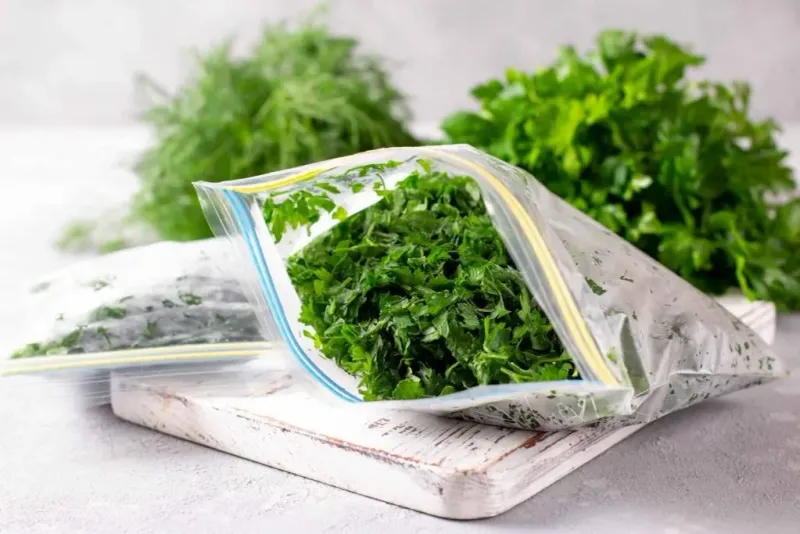
Tossing fresh herbs in the freezer transforms vibrant greenery into something that looks like it was discovered in an ancient bog. Basil, cilantro, and parsley particularly suffer, turning black and releasing all their aromatic oils in one sad, final exhale.
The cell walls rupture during freezing, which is why they turn to mush faster than a teenager’s mood. That bright, fresh flavor you were hoping to preserve? Completely gone, replaced by a faint whisper of what once was.
6. Soft Cheeses
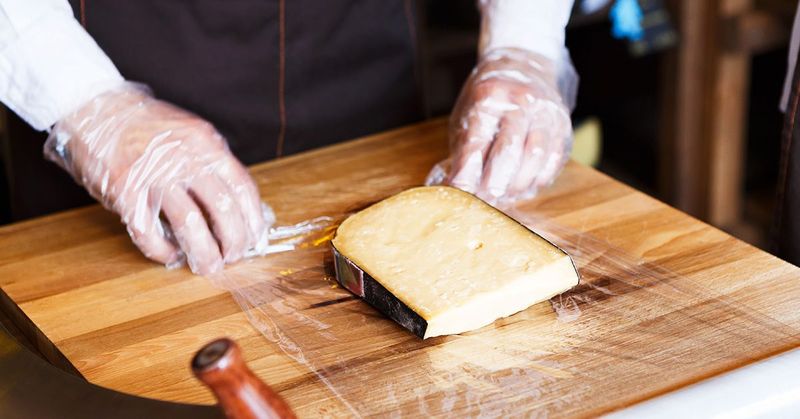
Freezing soft cheese is like asking a snowflake to survive a sauna. Brie, camembert, and cream cheese undergo molecular rebellion when frozen, with their proteins and fats separating like an unhappy couple.
The smooth, creamy texture that makes these cheeses worth eating completely disintegrates. What emerges from the freezer is a crumbly, grainy substance that’s weeping liquid like it just watched a sad movie.
7. Whole Eggs
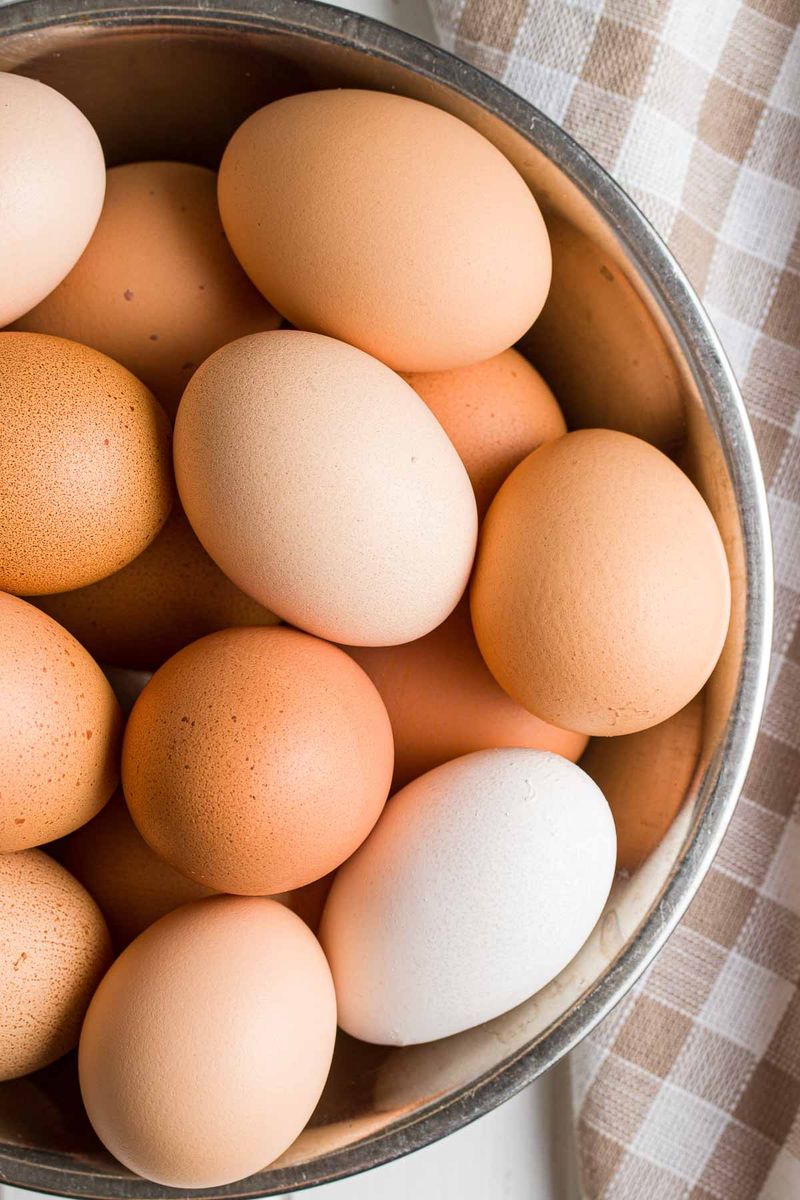
Eggs in shells react to freezing the way we react to Monday mornings—with explosive resistance. As the liquid inside expands during freezing, the shells crack faster than cheap sunglasses, creating a messy biohazard in your freezer.
Even if the shell somehow survives, the yolk becomes a gummy, weird-textured ball that’s about as appetizing as chewing on a rubber band. The proteins completely denature, leaving you with something that technically remains an egg but culinarily has lost its identity.
8. Cucumber
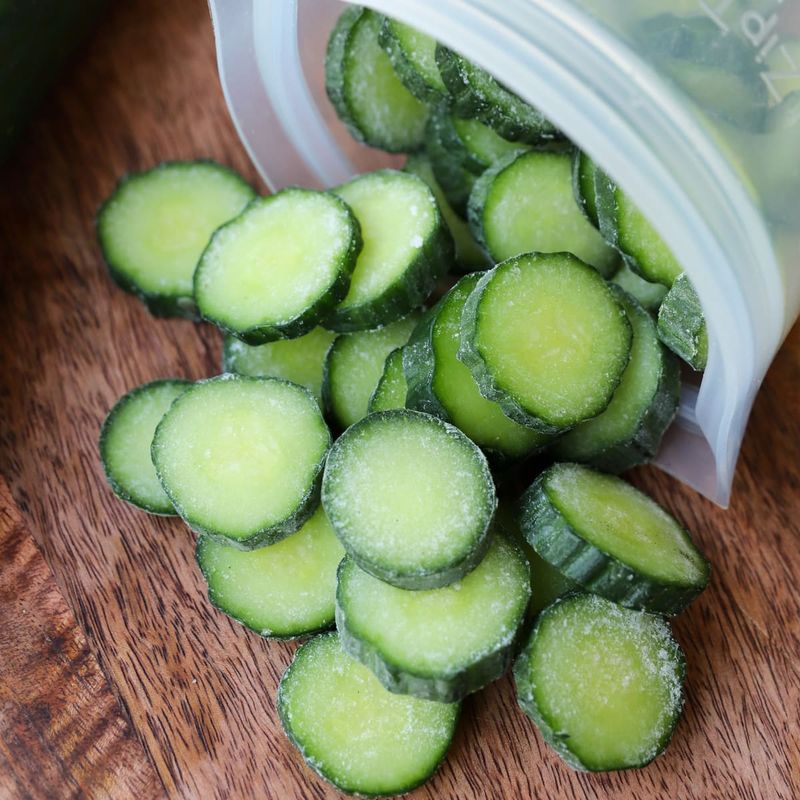
Frozen cucumbers transform from crisp, refreshing vegetables into something resembling sea creatures washed ashore after a storm. Their high water content (they’re 96% water!) makes them particularly vulnerable to freezer damage.
The freezing process ruptures every cell, releasing all that water upon thawing. What you’re left with is a transparent, floppy slice that’s somehow both watery and rubbery at the same time—a texture contradiction that nobody asked for.
9. Coffee
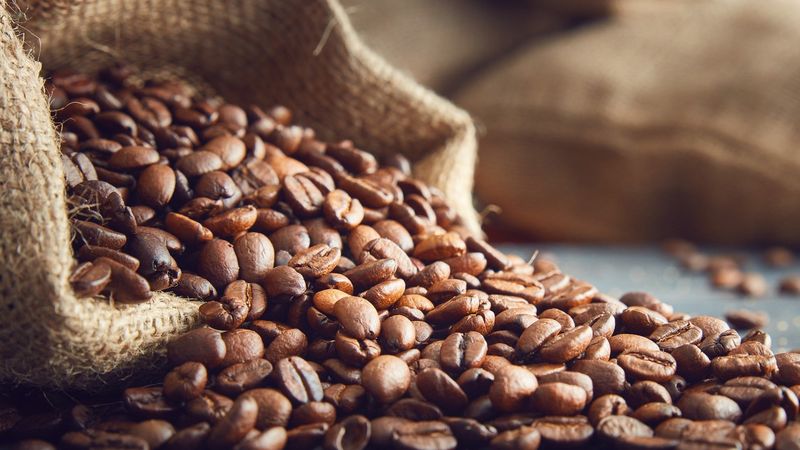
Freezing coffee beans is the equivalent of storing fine wine next to your radiator. Despite popular belief, the freezer doesn’t preserve coffee—it actively destroys it by forcing the beans to absorb freezer odors and moisture.
Each time you remove the container, condensation forms on the cold beans, starting a cycle of moisture damage. This repeated moisture exposure breaks down the oils that give coffee its complex flavor profile, leaving behind only the harsh, bitter compounds.
10. Garlic
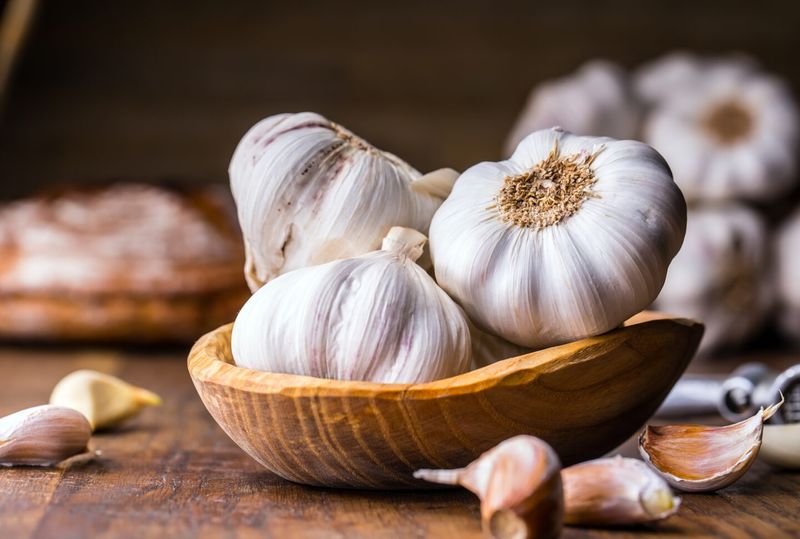
Garlic cloves in the freezer? You might as well replace them with bland, watery pebbles. Freezing destroys the alliinase enzyme responsible for creating garlic’s signature pungent compounds when cloves are crushed or chopped.
The texture also goes haywire, turning soft and mealy like a disappointing apple. What emerges from your freezer is a sad shadow of garlic—all of the inconvenience with only a fraction of the flavor.
11. Watermelon
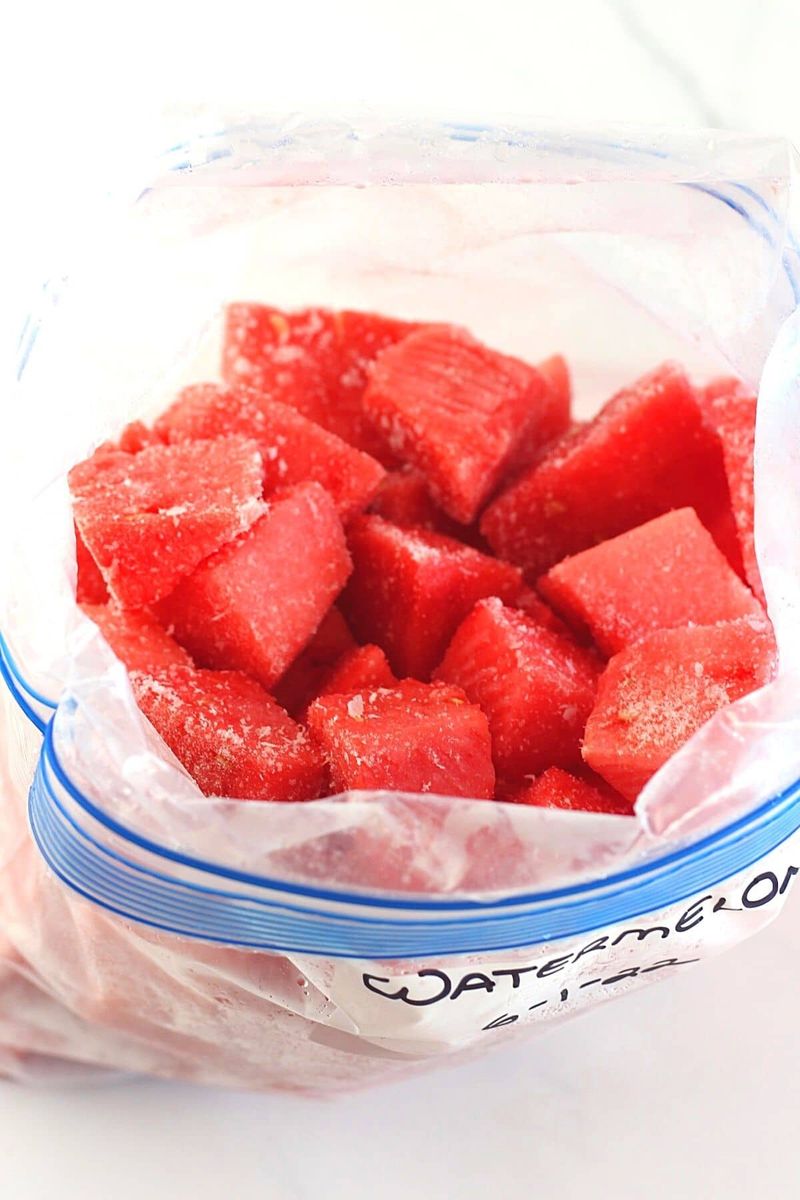
Freezing watermelon is like trying to preserve a summer day in a jar—the essence completely vanishes. The high water content crystallizes, shredding the delicate cell structures that give watermelon its crisp, juicy bite.
What thaws is a sad, mealy shadow of its former self—oddly grainy yet mushy, with color that’s faded like an old photograph. The bright, refreshing sweetness gets muted into something vaguely fruity but ultimately disappointing.
12. Cream-Based Sauces
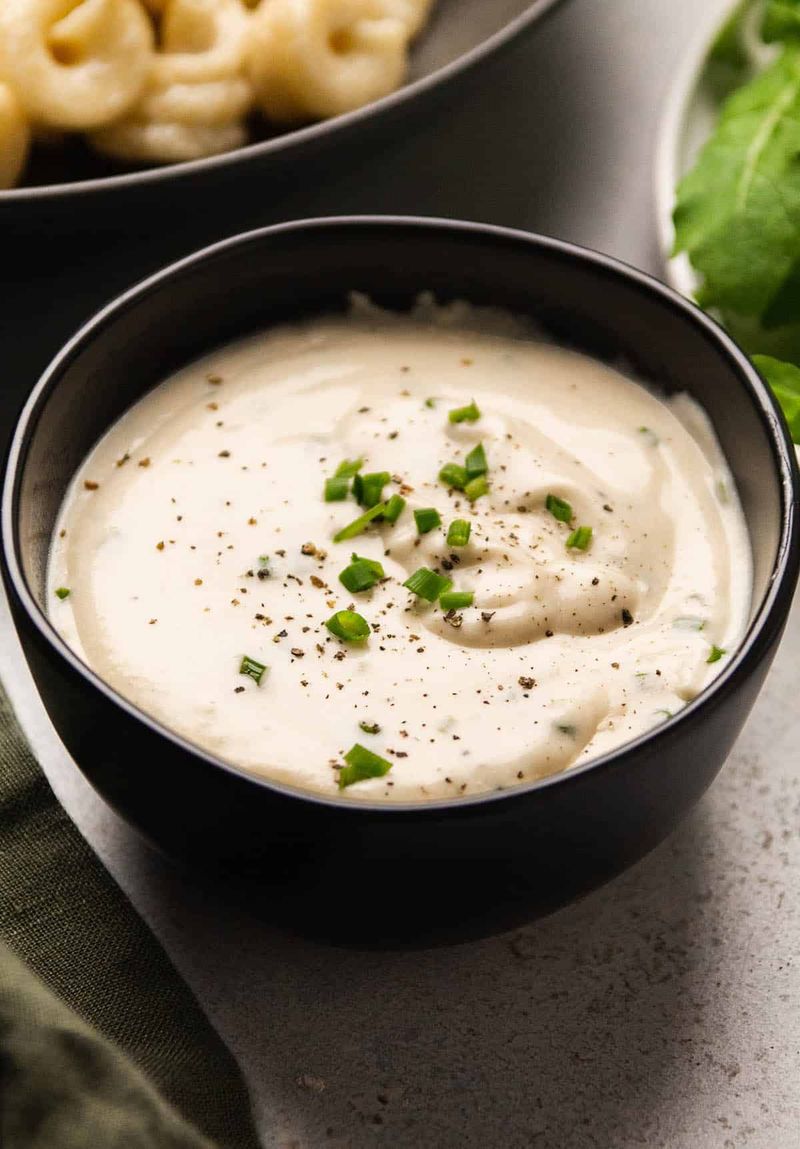
Freezing a beautiful béarnaise or creamy alfredo sauce is like putting a designer dress through a wood chipper. The emulsion that makes these sauces smooth and luxurious completely breaks when frozen, with fats separating from liquids in a culinary divorce.
Thawed cream sauces develop a grainy, curdled texture that no amount of whisking can repair. The proteins coagulate, the fats clump together, and what was once silky becomes a broken, watery mess with oil slicks floating on top.
13. Mayonnaise
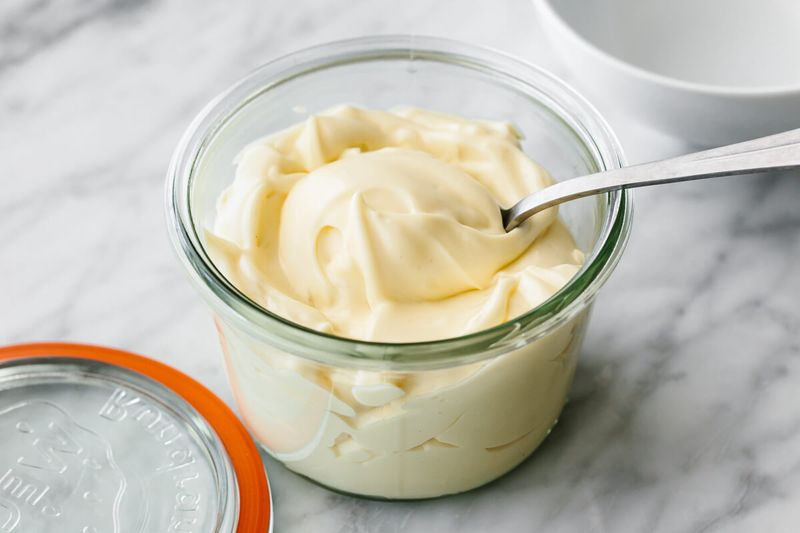
Freezing mayonnaise is like asking an egg to survive a roller coaster—the emulsion will break spectacularly. The oils separate from the egg and vinegar, creating a grotesque separation that resembles an elementary school science experiment gone wrong.
Upon thawing, you’ll find a revolting combination of oily pools floating atop watery liquid. No amount of stirring, blending, or wishful thinking will bring it back to its creamy glory—that emulsion is permanently destroyed.
14. Milk
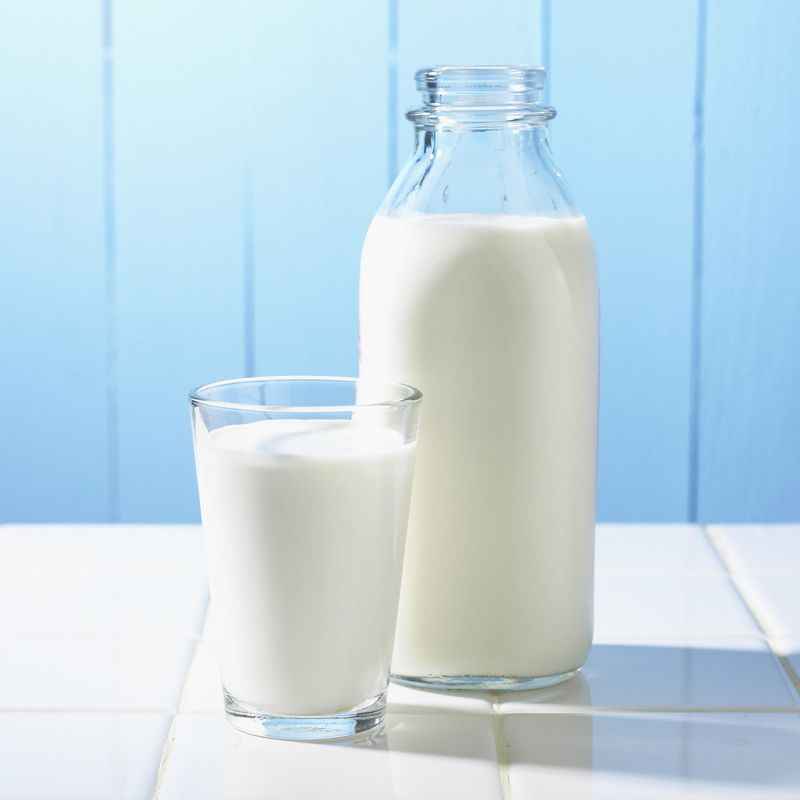
Milk post-freezer resembles a science experiment more than a beverage. The proteins and fats separate dramatically, creating bizarre grainy clumps floating in watery liquid that no amount of shaking can fully reintegrate.
The texture becomes so off-putting that most people can’t get past it, even if technically the milk remains safe to consume. Plus, those weird flakes refuse to dissolve properly in coffee or cereal, creating an unappetizing spectacle at breakfast.
15. Avocados
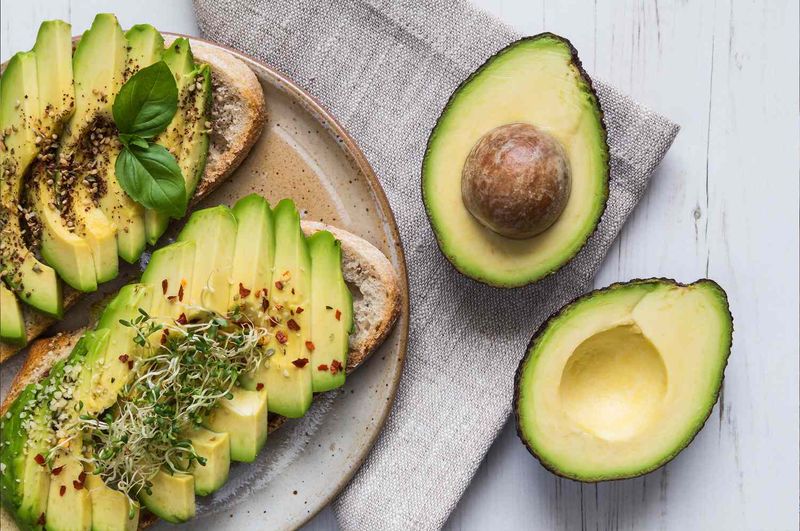
Freezing transforms avocados from creamy green perfection into brown, bitter disappointments faster than you can say “guacamole.” The enzymes responsible for browning go into hyperdrive during the thawing process, creating an unappetizing color change that screams “don’t eat me!”
The texture also suffers catastrophically, becoming weirdly grainy yet slimy. That buttery smoothness completely vanishes, replaced by something that feels wrong on every sensory level.

